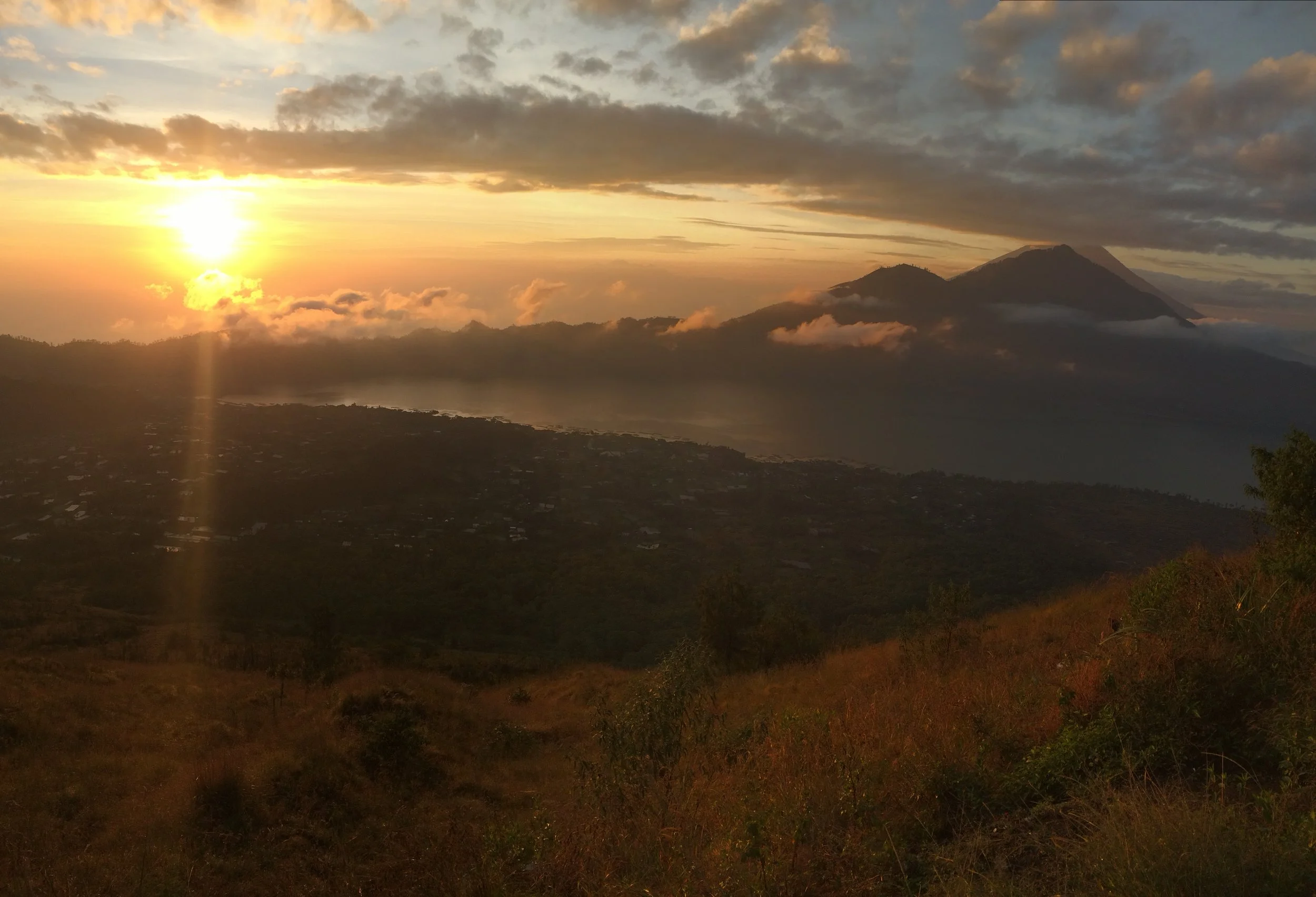What we can learn from Celtic Christians about ‘Thin Places’
I was in an online leadership meeting last week and Paul Maconochie who was leading the call was talking about Celtic Christianity and the idea of thin places. He was telling us that for the Celts, certain places and certain times had special recognition for the Celts as being ‘thin places’ or times when God’s presence felt more accessible. It made a lot of sense to me and so I decided to look into it a bit more.
The Celtic religion was originally a pagan religion, but when Christianity was introduced, for example in Ireland with Saint Patrick, many saw that the Bible showed a God who met with his people in Creation and that there were special places and times that He chose to do that. The Celtic Christians left behind their view that creation was god and held magical powers and instead embraced a Creator who spoke through and worked supernaturally through His creation. Creation was often a powerful setting for encounters with Christ for these Celtic believers.
Kenneth McIntosh writes in his book ‘Water from an Ancient Well: Celtic Spirituality for Modern Life’:
“The ancient Celts believed the world was filled with “thin places,” where a human could stick his head through into the heavenly realm. Miracles and wonders were more likely to occur in these places.”
A ‘thin place’ was a place where heaven felt more accessible. A place that caused a person to wonder and connect with the Divine. They felt that these places were like portals or gateways to another realm. ‘Thin places’ included lakes, rivers, seas, mountains, hills, caves, etc - places where one element - air, earth, water, fire - met with another. They were thresholds where the Divine could be acknowledged.
Times of change in the day and seasons were also ’thin spaces’ - sunrise, sunset, the summer and winter solstices etc - were also opportunities for reflection and meeting with the Creator.
Bali sunrise
All that makes a lot of sense to me. Whether or not we believe that certain physical places or times hold special access to God is not the point of this post. We know that God’s presence inhabits Creation (Colossians 1:16-17) and that He is present and accessible everywhere (Romans 8:39) and yet He also chose certain places and spaces to meet with His people (Moses on Mount Sinai, Jacob at the rock at Bethel, special festivals…).
Where Celtic Christianity can teach us all, is to make us aware of how God desires to meet us in His sanctuary of creation and that intentionally spending time with Him near lakes, rivers, climbing mountains, by the sea, in the desert, at sunrise, sunset, as seasons change etc can be powerful aides in helping us meet with God. These places cause us to wonder and think beyond the mundane. That in itself connects us with the Divine and causes us to embrace eternity.
When I was in Bali one morning I had the opportunity to climb a volcano before sunrise and see the sun explode across the horizon overlooking a lake and other volcanoes. It was a stunning display of God’s handiwork and one that connected me in time and space to the eternal and the Divine. It required effort on my behalf to get up in the middle of the night and climb for three hours in the pitch black up the side of the volcano, but the reward was worth it. I was overcome by God’s faithfulness to bring the sun up, day after day since the dawn of time - not missing a day but the same sun that our ancestors saw and waited for, He faithfully brings day after day. My awe of Him grew that day.
Sunrise from Mt. Batur volcano in Bali, Indonesia
Back in the city of Lima, there is nothing particularly beautiful about much of the sprawling polluted city. Graffiti is more prevalent than trees. You won’t find beautiful rivers or rolling hills or fields. There are no mountains. But we do have the ocean. Some people do plant gardens and there are some parks. There are places to meet with God in Creation if you look for them. In the next post I will share about how we can embrace our own personal ‘thin places’ right where we live.
“We look at this Son and see the God who cannot be seen. We look at this Son and see God’s original purpose in everything created. For everything, absolutely everything, above and below, visible and invisible, rank after rank after rank of angels—everything got started in him and finds its purpose in him. He was there before any of it came into existence and holds it all together right up to this moment. And when it comes to the church, he organizes and holds it together, like a head does a body.”
This September is a month where I am intentionally getting outside into creation to meet with God. It is part of a year long embracing of grace through different spiritual disciplines. You can read more about the year here, and more about this month's focus on creation here.









